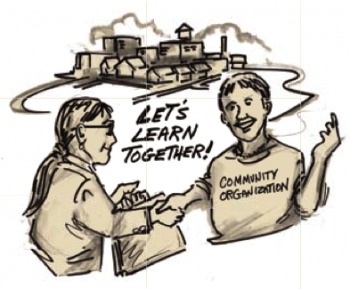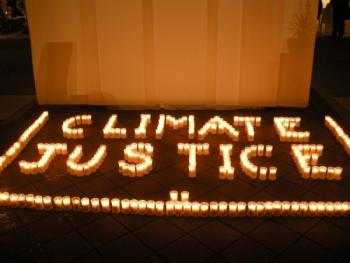Serendip is an independent site partnering with faculty at multiple colleges and universities around the world. Happy exploring!

Final Teach-In
Attached are the geometric shapes and our attempt to represent them!
They have been scanned side to side so it is easier to see the original and the drawing on one single page.
Enjoy :)
(This is for Sruthi, Graham, and I )

Final Presentation
Hi guys,
here are my images from today's activity. Thank you so much for playing this game with me. I really really enjoyed having this day to just relax with all of you and play some fun games, listen to a soothing serenade, eat some yummy lemon bars, and appreciate everyone's writing. I loved listening to everyone's guess at location. I was a little worried before class that my activity wouldn't go over well; that y'all would think it was too simple or dull. But it seemed like eveeryone enjoyed the guessing game, especially when they thought the picture might have been taken close to their site-sit spot. I'm not quite sure where I came up with the idea- I was originally planning on blindfolding everyone and having them smell different plants I had taken from around campus and guessing what they were. From that idea the concept evolved to explore how much we miss visually, even though we consider it one of our more prominent and neccessary senses. I think my project interacted very well with Sarah and Sara's because it challanges our comfort with our perception.. We think we know an area well, but we are constantly missing so much of our surroudings. I also think my project was align with Grahm, Sruthi, and Hira's work, because it questioned our ability to visually associate and represent. Overall, I think everyone's projects fit together very well. Thank you, everyone for giving me an very open and honest semester, summed up in such a wonderful class.
Memo 3
My memo addressed one of my struggles throughout the semester in the Cannery, which was the power dynamic between the Bryn Mawr and the Cannery women. I imagined what to would look like to revise our class through the PAR approach and discussed obstacles that would make this difficult, and successes in the class that put us on the right track to PAR.

teach-in
This class has been different than all the other classes I’ve taken in college. Last week, when I started writing reflections about this semester, they were huge, sprawling, and unfocused. My reflecting transported me all around my memory, and I realized as I wrote that all of my learning from this class happened inside of my head. For me, this semester was characterized by introspection. When my thoughts turned to this final teach-in, I couldn’t figure out how to make my learning interactive. So I didn’t. I decided to read some of my reflections. I end with an invitation for interaction.





